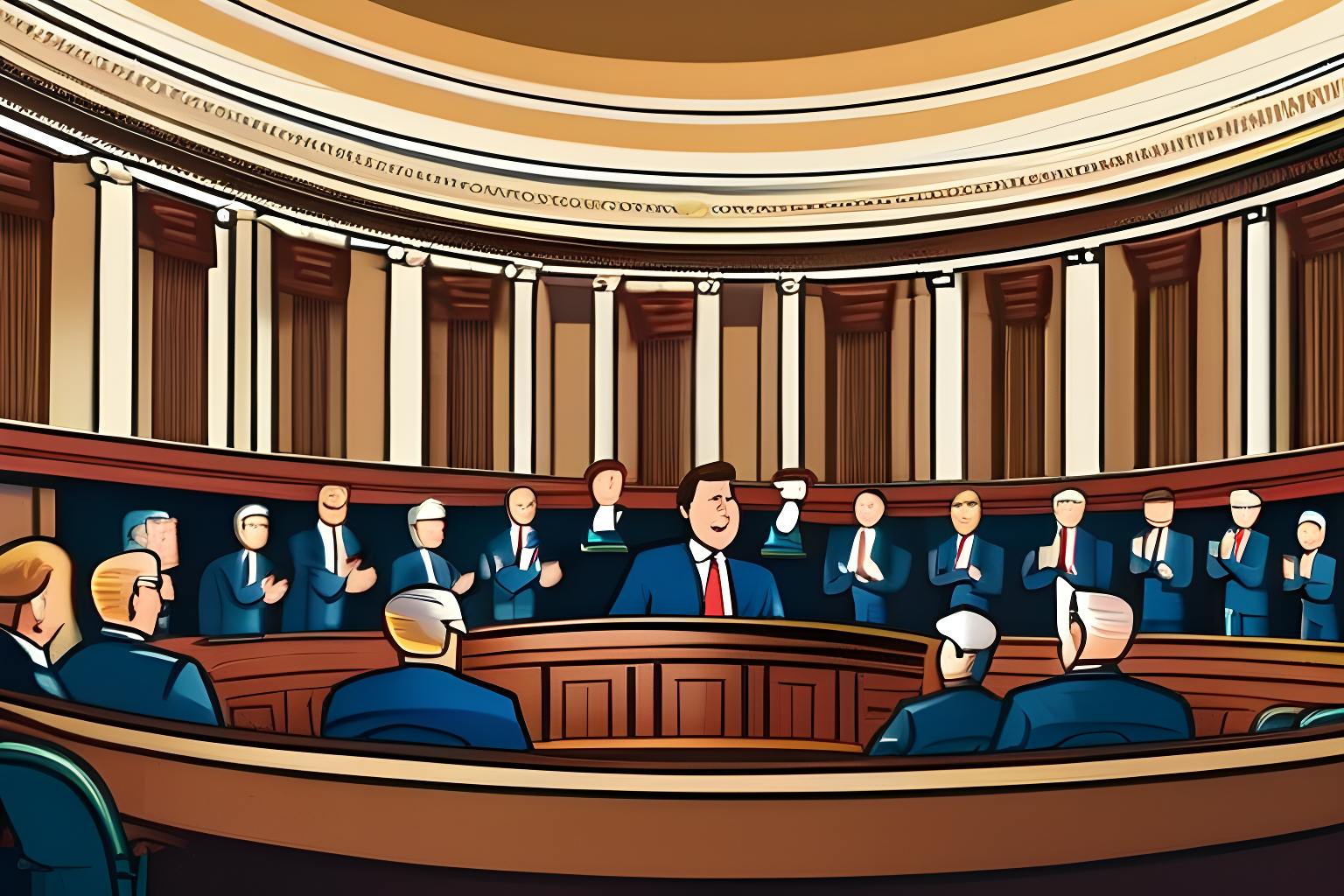Microsoft v. United States (2016) Court Filing, retrieved on July 14, 2016, is part of HackerNoon’s Legal PDF Series. You can jump to any part in this filing here. This part is 5 of 22.
B. The Technological Setting in 1986
When it passed the Stored Communications Act almost thirty years ago, Congress had as reference a technological context very different from today’s Internet‐ saturated reality. This context affects our construction of the statute now.
One historian of the Internet has observed that “before 1988, the New York Times mentioned the Internet only once—in a brief aside.” Roy Rosenzweig, Wizards, Bureaucrats, Warriors, and Hackers: Writing the History of the Internet, 103 Am. Hist. Rev. 1530, 1530 (1998). The TCP/IP data transfer protocol—today, the standard for online communication—began to be used by the Department of Defense in about 1980. See Leonard Kleinrock, An Early History of the Internet, IEEE Commc’ns Mag. 26, 35 (Aug. 2010). The World Wide Web was not created until 1990, and we did not even begin calling it that until 1993. Daniel B. Garrie & Francis M. Allegra, Plugged In: Guidebook to Software and the Law § 3.2 (2015 ed.). Thus, a globally‐connected Internet available to the general public for routine e‐mail and other uses was still years in the future when Congress first took action to protect user privacy. See Craig Partridge, The Technical Development of Internet Email, IEEE Annals of the Hist. of Computing 3, 4 (Apr.‐June 2008).
Continue Reading Here.
About HackerNoon Legal PDF Series: We bring you the most important technical and insightful public domain court case filings.
This court case No. 15–777 retrieved on September 27, 2023, from cases.justia.com is part of the public domain. The court-created documents are works of the federal government, and under copyright law, are automatically placed in the public domain and may be shared without legal restriction.

